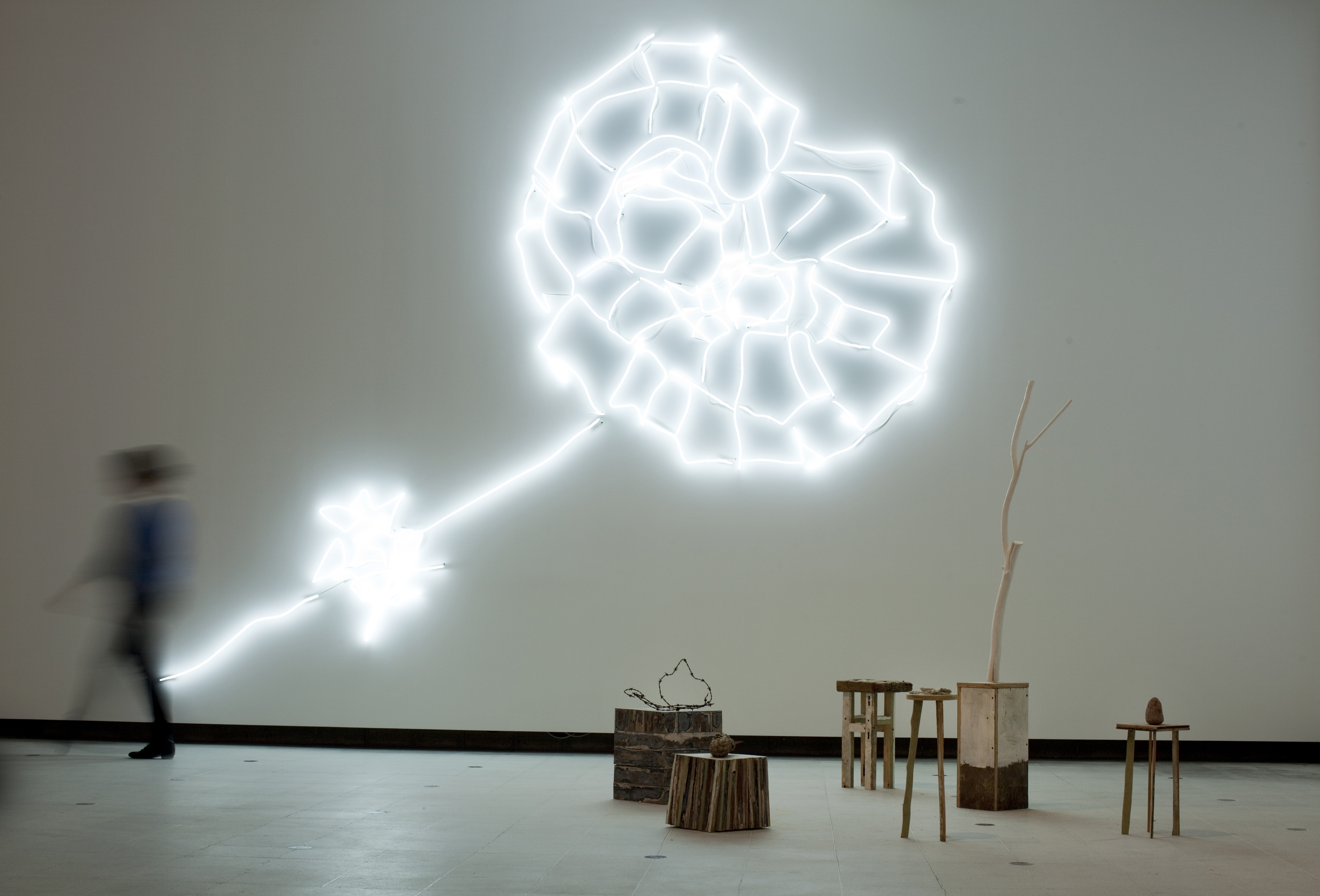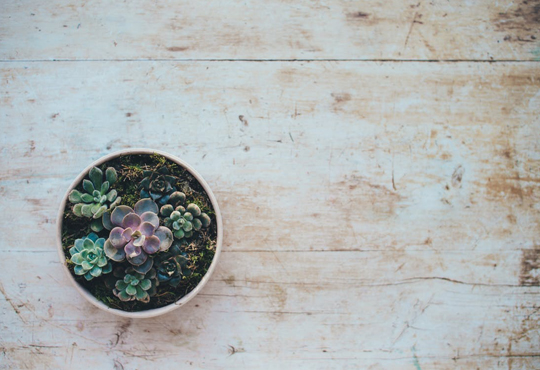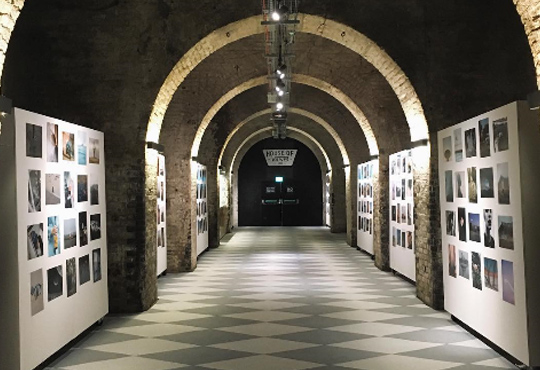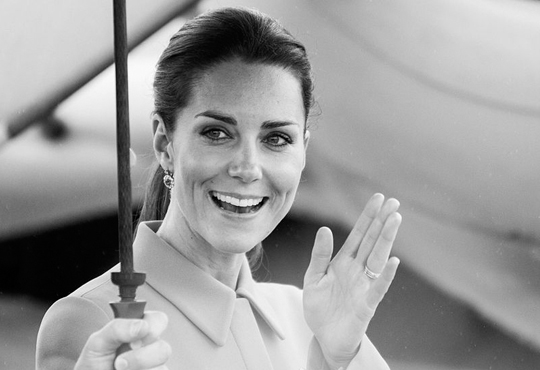
The Semple team recently took some time to wander over the River Thames to soak up the atmosphere and cultural delights on offer at London’s Southbank Centre. Of course, as Maggie is a member of the Board we are often privy to the exciting array of events, but the most fantastic element of London’s cultural hub is that everything is available to the general public.
We began our stroll along the quaint 1950s style seaside beach huts that line the edge of the promenade and are individually customised by international artists. Our favourite beach hut was selling eclectic mosaic collages made from reclaimed objects sourced in the river; it was impossible to identify their murky, underwater past existence at all.
Stopping for a quick ice cream, we decided to follow the direction of the urban beach towards the beautifully landscaped roof top gardens lining the Queen Elizabeth Hall. Designed in conjunction with the Eden Project, inspiration was taken directly from the original Festival of Britain in 1951 and spread across four themes; People of Britain, Land, Seaside and Power and Production. The green space is welcoming yet intimate with extraordinary views across London.
For those unfamiliar with the pretext behind the Festival of Britain, the Museum of 1951 unites history and design in its presentation of the era. Taking a seat on the mid-century sofa in their recreation of the period’s interior design, lift the red telephone receiver to leave your personal story.
Following some essential browsing in the gift shop, where we discovered some exquisite books we decided to head to The Hayward Gallery for the eagerly anticipated Tracey Emin retrospective ‘Love is What You Want.’
Opinion is certainly divided upon Emin’s credibility and methods as an artist, her celebrity persona often outweighing her three decades as an international artist, but demand for the show was high and advance booking essential.
Curated by Ralph Rugoff and Cliff Lauson, the viewer is taken upon a vast journey of self-expression where desperation and loneliness, vulnerability and happiness follow one after another, depicting emotional episodes in Emin’s life. The title of the show is in fact fairly representative however, with the resounding theme clearly summarising the artist’s desire for love: whether maternal, fraternal, with self or the wider world.
The retrospective is a great opportunity to view Emin’s most infamous pieces, such as the slogan neon signs and the heavily embellished quilts that hang on the Hayward’s huge white walls like tapestries draping a church altar. But for those who are more familiar with Emin as a controversial figure that has battled with alcohol and used her work as a means to repeatedly report on sexual experiences, it is insightful to explore her other mediums such as the delicate illustrations and canvas oil paintings, which sit serenely in the upper levels of the gallery.
We found that love her or loathe her, it would be hard not to see the fragility and beauty in some of Emin’s work, who is after all one of the most prolific female artists of our time.
Images Courtesy of Southbank Centre and David Leven 2011





